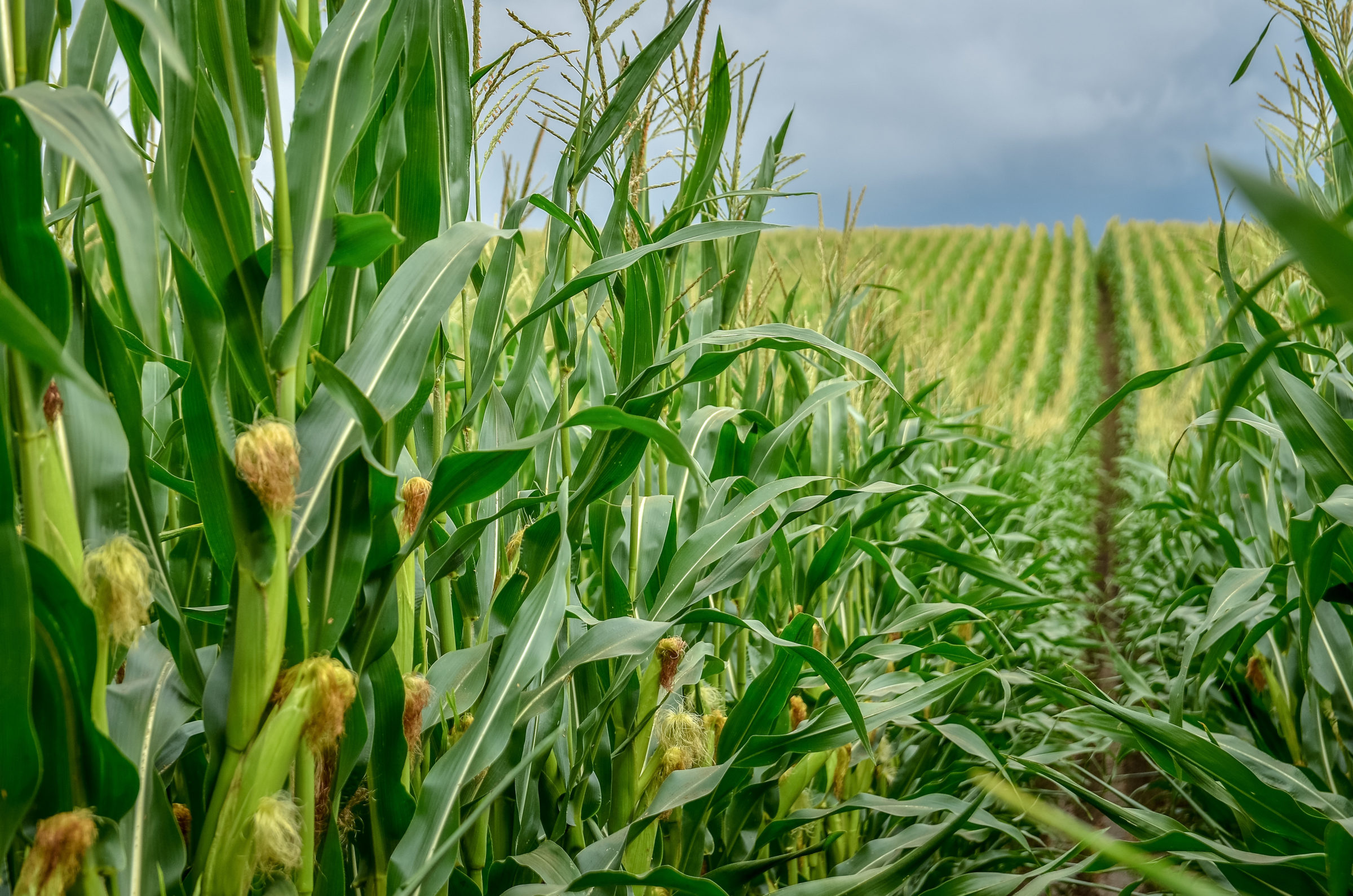


Thanksgiving will be 13 Percent More Abundant This Year

Growth, Innovation, and Human Flourishing on an Infinitely Bountiful Planet with Marian Tupy

For The Time It Took To Get One Mile In 1980, You Get 2.29 Today.

Desalinating Water Is Becoming “Absurdly Cheap,” Elon Musk schools Bill Maher

More Light Innovation
The cost of a 1600 lumen LED lightbulb has recently dropped by 25 percent. The new bulb also offers a great innovation. The problem with LED bulbs is that they come in five different shades. Feit Electric’s new light solves this problem by putting a switch on each bulb that lets you pick your preferred shade level. The energy to use this new lightbulb costs 17 percent more, or around 31 cents a year ($2.11 versus $1.80 based on 3 hours per day at 11 cents per kWh.) The new bulb will give you an hour of great light for less than 0.2 cents. Blue-collar workers are currently earning around $35 an hour in compensation (wages and benefits). One hour Read More ›

From 1979 to 2019 Finished Goods Became 761 Percent More Abundant for Upskilling Workers
35 consumer goods take 54.4% to 94.9% less time to earn the money to buy. Most of us begin our work life as unskilled workers. But we learn new skills every day and this allows us to upgrade to higher-paying jobs. In a word, we enjoy career mobility. This is why it is important to follow a person’s path through their economic life. We create categories to divide populations into groups. Categories can provide useful demographic snapshots. Categories don’t change but people move through categories throughout their lives. This is why in many cases it makes more sense to look at individuals instead of categories. We talk about this issue here. We looked at the time prices of 35 finished goods Read More ›

Discovery Institute Senior Fellow Gale Pooley is 2023 Julian L. Simon Award Co-Recipient

Healing Peter’s Pessimism

